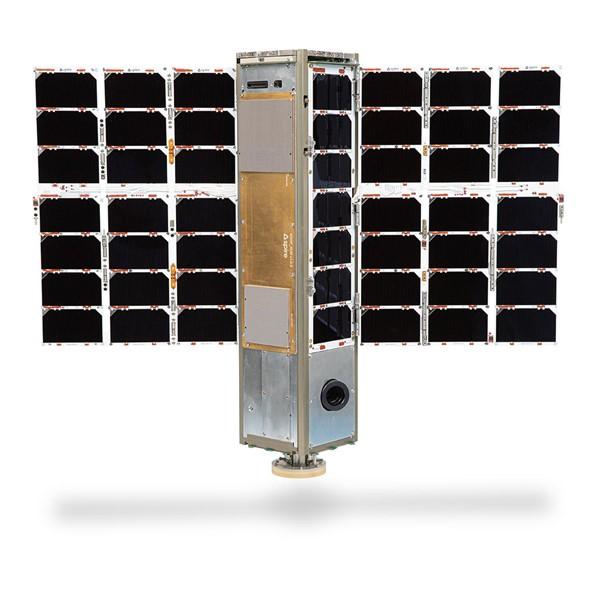On Saturday night (11.11), the Israeli hi-tech company hiSky, which operates from Rosh HaAyin and England, launched a nanosatellite called "Ella1" from the Vandenberg Space Force Base in California. The satellite was launched on a Falcon 9 rocket along with over 100 other tiny, commercial satellites as part of a joint launch (Rideshare). Ella1 was built on the hull of the Low Earth Multi-Use Receiver (LEMUR) 4U, belonging to the Spire corporation, which operates the world's largest fleet of satellites after Starlink.
"hi-Sky has so far dealt mainly with the development and operation of the ground system of satellite communication networks," explains Business Development Manager Nitzan Raz, "mainly in the IoT (Internet of Things) world. and VoIP [voice calls]. hi-Sky's network is already spread around the world and operates with many satellites in geocentric orbits. This network was developed to work at high satellite frequencies, Ku/Ka, and is the only one in the world that knows how to work both at very low data transfer rates and at very high data rates, in the same terminals. If, in the past, the IoT market only needed to transfer vehicle location data, for example, today the requirement is for a variety of actions, from performing remote software updates to monitoring driver safety. That's why we want to offer a multi-layered communication system that will be transparent to the end customer, like the cellular market today."

Skip" 36,000 km in an instant
located above the equator and at an altitude of 35,786 km. This orbit allows them to be located above the same ground point, and therefore this service is considered reliable, available and very stable. Today, hi-Sky uses such satellites, to which the end user connects via its own small satellite terminals
However, satellites in GEO orbit are very far from terminals on the ground –meaning that the data transfer rate is lower. Communication with satellites in GEO orbit is much weaker and slower than communication with lower satellites. Therefore, most of the Internet of Things trend is based on satellites in low Earth orbit (LEO), at an altitude of less than 2,000 km from sea level. The Ella1 nanosatellite, funded by the European and British space agencies, was launched into a LEO low orbit, at an altitude of 550 km above sea level. In doing so, it is intended to demonstrate the ability to switch immediately between a high GEO satellite and the low Ella1 satellite as needed.
"Ella1 is an operational demonstration satellite that will prove for the first time the multi-layered capability of a satellite communication network," Raz explains. "For the first time, network services knew how to jump between satellites on GEO orbit and satellites on LEO, according to the customer's needs. If the customer needs only narrow data or telephony services, then the network will turn to a satellite on the GEO stratum. But if he wants to download a movie or update software, for example, that is operations that require a higher data rate, the network will automatically turn to a satellite on the LEO stratum. If this demonstration succeeds, we will launch dozens more satellites like Ella1, and we will be able to optimally exploit the advantages of both orbits."
In the coming month, "Ella1" systems will be tested to ensure that the satellite is functioning and calibrated properly. Then begins the pioneering demonstration of multi-track connectivity. hi-Sky emphasizes that the new technology is made possible thanks to the company's terminals, which are equipped with modems that synchronize at top speed and with adjustable antennas – so that the transition from one satellite at an altitude of 35,786 km to another at an altitude of several hundred kilometers will be completely smooth.











